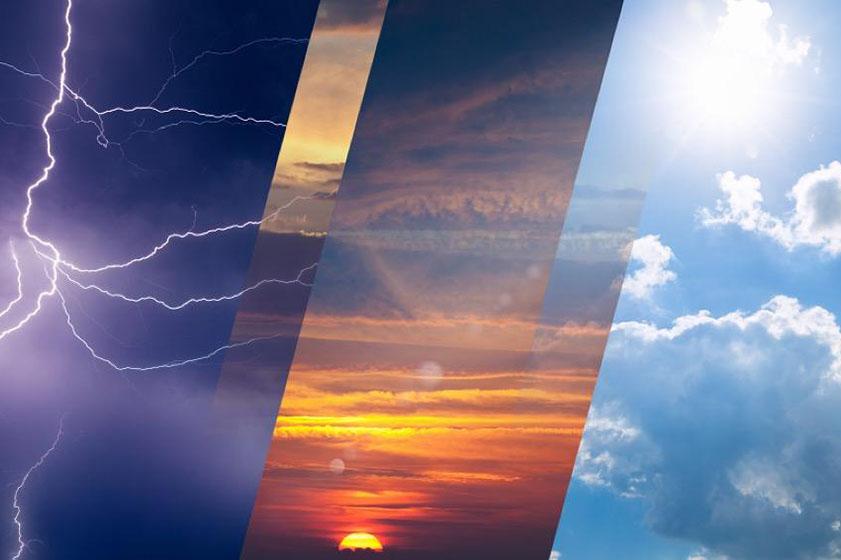There are times when the only sensible thing to do is to end the hike and head for home.

Not every expedition ends with a celebratory selfie on the summit. There are times when you need to abandon the trail and turn back. This can be particularly true in Ireland when mist, cloud or inclement weather can change the experience very quickly. In a very short while, you can go from beautiful day to ‘where the hell am I?’ Events can change the entire experience rapidly and it is important to know when to abandon the trip and return to base. Sensible hikers take the trail seriously and will err on the side of caution and make the call as early as possible. It can be a big disappointment, especially when the summit is in sight but it may be the only prudent thing to do.
Weather Changes
Often that perfect hiking sunshine can turn to mist, rain, fog or worse. Of course a little drizzle or a light breeze won’t ruin your Outdoor Adventures, but when visibility and temperature become issues, it is time to act. Adverse weather changes are a pain in the summer months, but downright dangerous in the winter. Turning back is a real let-down and it may feel even more depressing than the dreadful weather itself. There might be a temptation to carry on in the hope that the clouds lift and bright sunshine and rainbows await you at the mountain top. It is unlikely. Seasoned bloggers, climbers and adventurers, Brian and Noelle, aka wanderingon.com, give this advice on climbing Carrauntoohil, Ireland’s highest mountain.
“The quickly changing Irish weather can have a huge impact on your climb and with the steep uneven trails, even the most experienced climbers can have problems here. In fact, there have been a number of deaths here and most have been experienced climbers. With that said, catch it on its day, in good weather and it’s a very achievable climb for anyone with a basic level of fitness.”
And while turning back on Carrauntoohil is not as formidable a choice as turning back on the last leg of K2 or Everest, yet the ability to make a rational decision and face for home is still very important. There will be other days, other trips and the most important thing is your safety. Common sense

Sustaining an injury.
An injury to ankles, knees or anywhere really, is the signal to call it a day. This seems like a no-brainer. Yet it is surprising how many experienced climbers will limp on stoically, hoping that the swelling will subside and that the trek will not be forfeited for a minor injury. Blisters sustained early on in the expedition are a red flag also. The rule is simple, if you are not all feeling well and hearty, then do not continue the trek

Getting wet
A fall into a stream or river can end in hypothermia, even on summer days. It is nearly impossible to get fully warm again if you have been drenched. If you get soaked, it’s time to call the adventure off. Another common issue is hikers getting wet through, simply from perspiration. Going uphill, people generate a lot more heat and sweat, especially if the terrain is tough on the body. Stopping for breaks or descending downhill means that trekkers stop generating that heat, and the sweat cools extremely quickly, causing cold and wet in base layers. If you find yourself soaked with sweat, change into dry layers or turn around as soon as possible.

If time does not allow
Sometimes, there is just not enough time in the day. Perhaps you didn’t start off as early as you intended, got delayed on the trail or simply misjudged the trail pace itself. As the evenings draw in early, it is possible to lose the light earlier in the day and to turn back may well be the only option. If the light is fading and you have not yet reached the half way point of your hike, you may need to turn back, unless you are well equipped with head torches, high vis. jackets etc.

The wrong gear
The wrong shoes, no rain-gear, not enough water. Even the most experienced trekker can forget items or bring the wrong gear. Hiking without enough water, food or in uncomfortable or inappropriate gear is not advisable. If you notice early on in your outdoor adventure that you don’t have what you need, turn back!
Reference:

